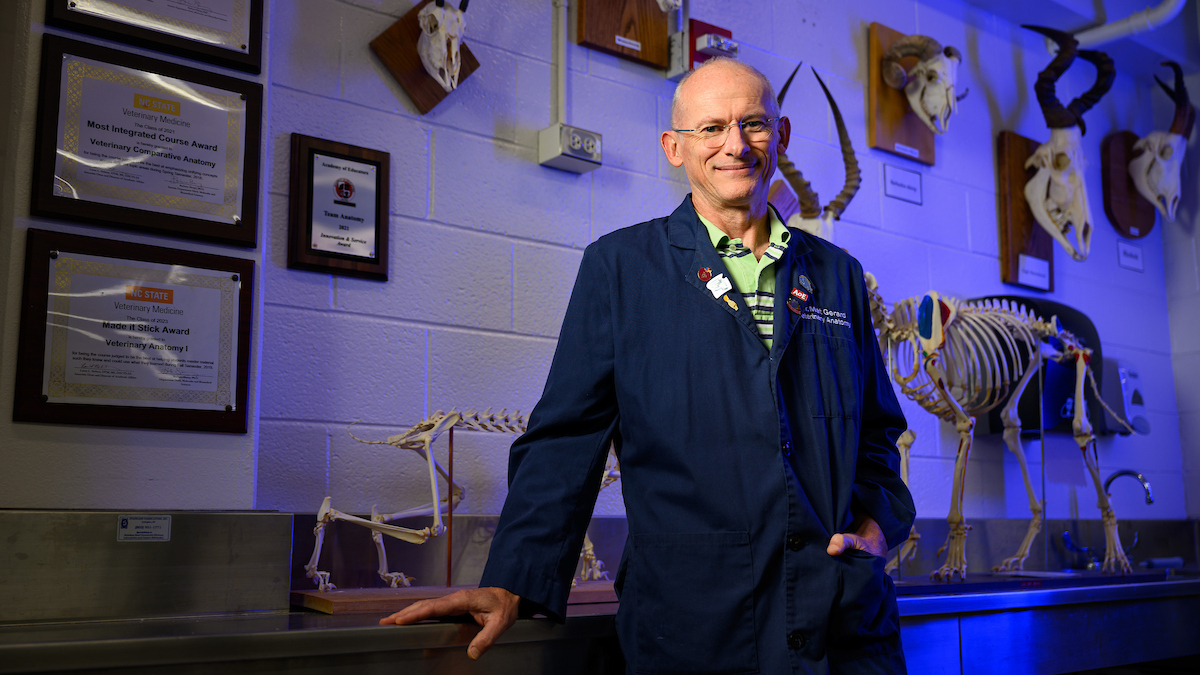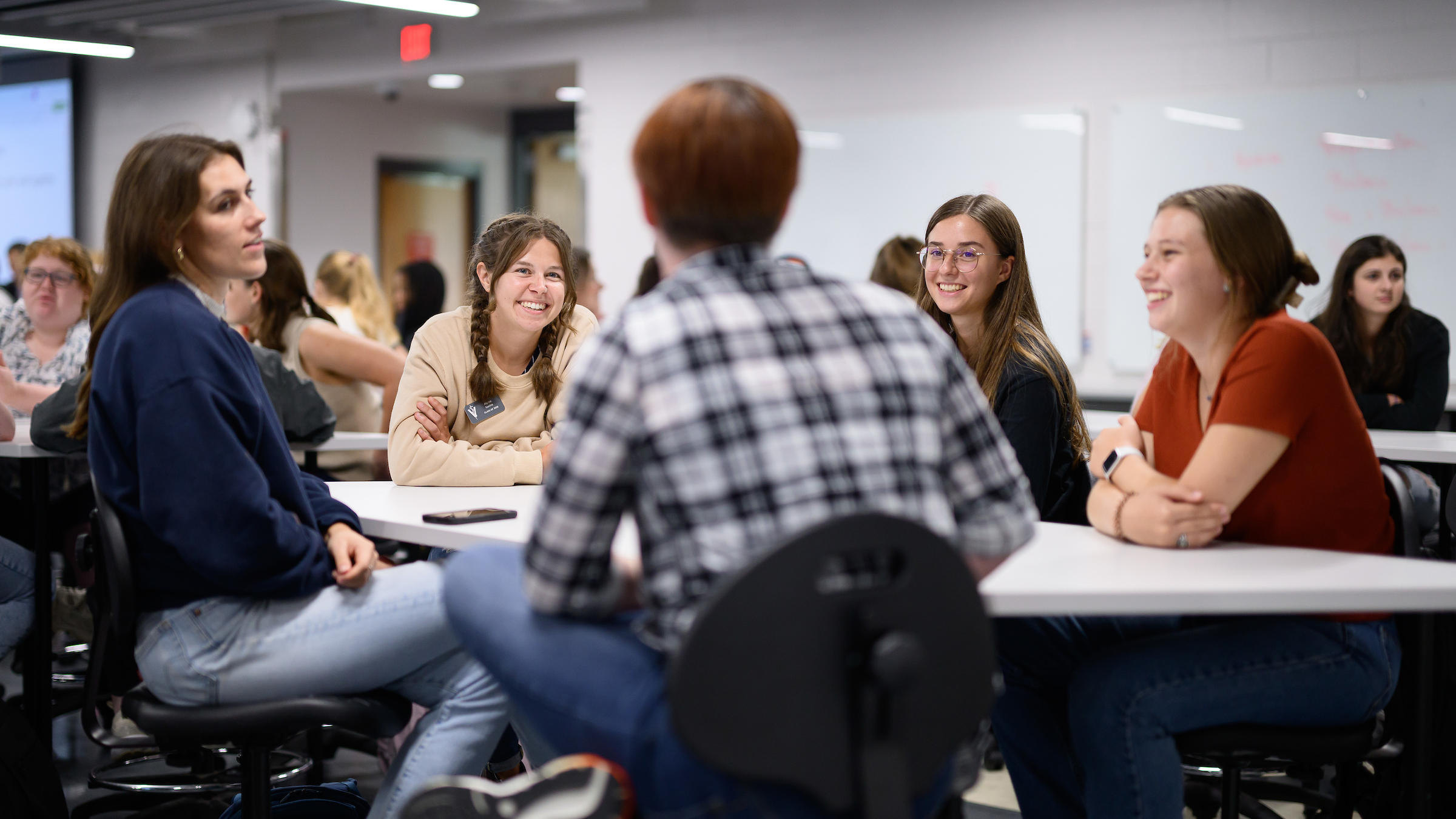Dr. Reddy Investigates New Treatment for Temporal Lobe Epilepsy
Dr. Doodipala Reddy, an assistant professor in the CVM Department of Molecular Biomedical Sciences, has discovered that a drug currently believed to be useful in treating sleep disorders may help control seizures in patients with a traditionally drug-resistant form of epilepsy.
Supported by a $1.8 million grant from the National Institutes of Health (NIH), Dr. Reddy’s research team has been studying the mechanisms of epilepsy and found that the drug Gaboxadol is effective in controlling seizures in animals with temporal lobe epilepsy, a form of the disease which is often resistant to drug therapy.
The neurological disorder epilepsy affects some 50 million people worldwide and about 2.5 million individuals in the United States. Standard treatment is to prescribe one of the more than 25 seizure-suppressing medications known as antiepileptic drugs. However, nearly 30% of people with epilepsy have intractable seizures that do not respond well, if at all, to antiepileptic drugs or other available treatment.
Temporal lobe epilepsy is a chronic condition characterized by recurrent seizures arising from one or both temporal lobes of the brain, specially the hippocampus. Unfortunately, temporal lobe epilepsy is often drug resistant and novel approaches are desperately needed to treat this devastating disorder that affects nearly 40% of patients who have epilepsy.
In his previous research, Dr. Reddy studied how neurosteroids, which are steroids that the human body produces naturally, provide protection against the repeated seizures caused by temporal lobe epilepsy. When Dr. Reddy examined the chemical mechanism of Gaboxadol, he noted that it was similar to that of naturally occurring neurosteroids, and that it might perform a similar role in suppressing the neural overactivity that can lead to seizures.
The research team tested the drug on epileptic rats and found that the treatment did markedly reduce the intensity and number of spontaneous seizures. Dr. Reddy presented these findings at the November meeting of the Society for Neuroscience, and the presentation was one of 700 selected from a pool of 16,000 for inclusion in the Neuroscience 2007 Press Book, a summary of major findings collected to promote media and public awareness of neuroscience research. Dr. Reddy and his team are now conducting behavioral studies to look at the possible neurological side effects of Gaboxadol.
"Our findings were that this drug worked much better than even we expected," Dr. Reddy says. "Our goal is to develop a drug therapy for these epilepsy patients that will improve their quality of life, without side-effects."
* * *
Dr. Reddy received the “Young Scientist Award” at the Society for Neuroscience Meeting. The award is bestowed on an investigator of Indian origin whose research competence and productivity are nationally recognized. The award is sponsored by the Neuroscience Division, Association of Scientists of Indian Origin in America (ASIOA)—a scientific and charitable educational society that promotes fellowship among scientists of Indian origin living in North America.
Posted Dec. 18, 2007


